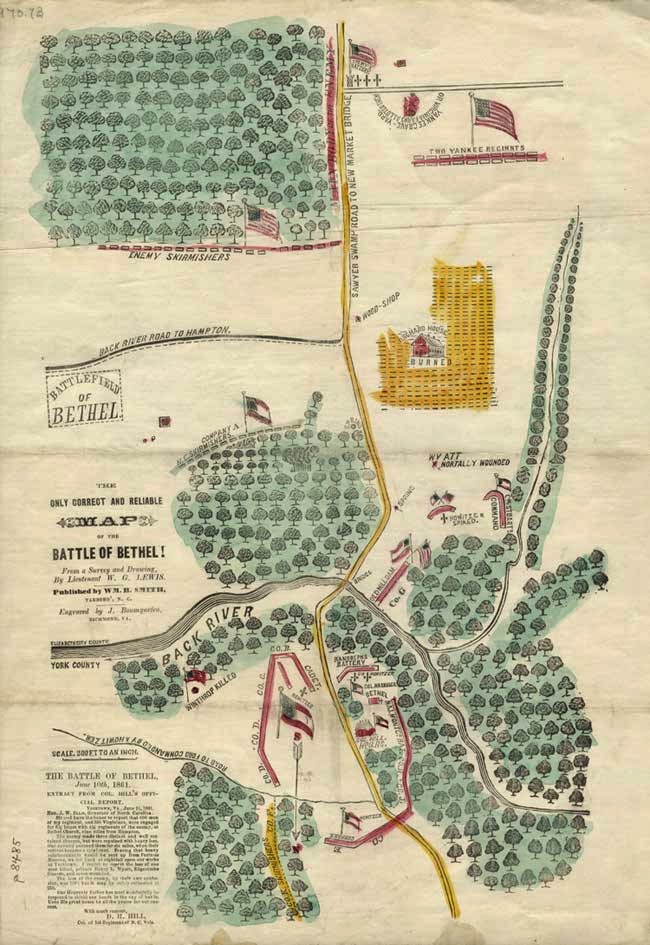Making rivers is an easy guide to follow. Rivers make up an important feature on a wargames tables, they represent natural barriers that must either be crossed or avoided and can become strategically important locations, perhaps capturing a bridge, or blowing a bridge up to slow an advance of enemy forces, or forming a bridgehead with pontoon bridges etc.
Rivers can be easily made with the following materials hardboard or MDF using various fillers, carpet tiles, brown acrylic mastic. And of course it's not only rivers that can be made with these materials, canals, stagnant swamps, waterfalls, ponds.
Making A River With Hardboard And Polycell Fillers (Large)
1. Start by cutting your hardboard to the size you require. I wanted a very large river to represent the Bug River that marked part of the border between German and Soviet occupied Poland. So my hardboard was cut to 12" x 12".
2. I then cut thin slivers of foam board to allow me to make the riverbanks. I then glued the foam board to the edges of the board with PVA glue.
3. Once the foam board was firmly glued on to the board I then proceeded to cover the river bed with Polycell Filler making sure that the Polycell Filler was of a sloppy consistency more like paint than actual filler.
4. The next stage was to texture the edges with Polycell Textured Ceilings Course Effect.
5. Once the Polycell Textured Ceilings Course Effect and the Polycell Filler had completely dried I then used small pieces of doormat and stuck these using a glue gun to the riverbanks to simulate reads etc.
6. I then painted the entire board in Humbrol No. 110 Natural Wood including the riverbed.
7. I then heavily dry brushed the riverbed with Humbrol No. 25 Blue followed by a lighter dry bush with Humbrol No. 80 Grass Green.
8. The next step is to varnish the riverbed with normal household varnish I put a couple of coats on mine.
9. The next step is to varnish your river bank using Ronseal Diamond Hard Varnish, matt clear once this is dry you can then add Noch Summer Meadow Grass.
Making A River With Hardboard And Polycell Fillers (Small)
Making A River With Vinyl Floor Tiles
Go to your local DIY store, B&Q, Homebase, and look for blue vinyl floor tiles cut them to your desired shape and length carefully texture the edges paint and flock you then have a quick and simple river.
Making A River With Brown Acrylic Mastic
1. First of all you need some backing material I used an old bedsheet cut into 12 inch lengths by 4 inches.
2. Secondly you need brown acrylic mastic which can be bought from any DIY store, B&Q, Homebase, etc that you have to be really careful here and make sure you get the right one it must say paintable.
3. You are now ready to apply your mastic to your backing, put a thin layer on your backing and carefully smoothed it out once you have done this you then need to make your river banks, you do this by putting more mastic on the edges and carefully building it up until you are happy.
4. Allow the mastic to settle down for half an hour or so before you attempt to add any details.
5. Once the mastic has fully dried I then paint it all with Humbrol No. 110 Natural Wood including the riverbed once dry. I then dry brushed the riverbank with Humbrol No. 103 Cream and heavily dry brush the riverbed with Humbrol No. 25 Blue followed by a lighter dry bush with Humbrol No. 80 Grass Green.
9. The next step is to add Noch Summer Meadow Grass.
Tools
Pencil
Tape measure
Wood saw
Rasp
Paintbrushes
Craft knife
Scissors
Ruler
Glue gun
Materials
Hardboard
Polycell Textured Ceilings Course Effect
Ronseal Diamond Hard Varnish, matt clear
Noch Summer Meadow Grass
Vinyl Floor Tiles
Bedsheet
Brown Acrylic Mastic
Humbrol Colours
Humbrol No. 110 Natural Wood
Humbrol No. 103 Cream
Humbrol No. 25 Blue
Humbrol No. 80 Grass Green
























